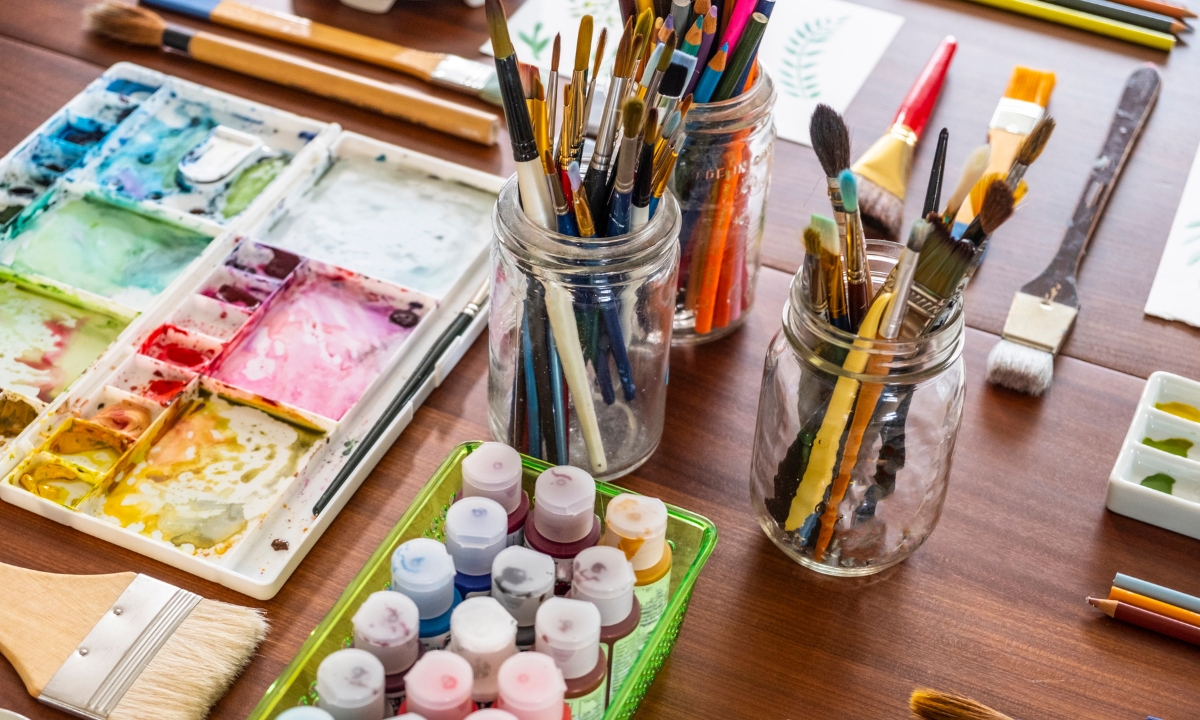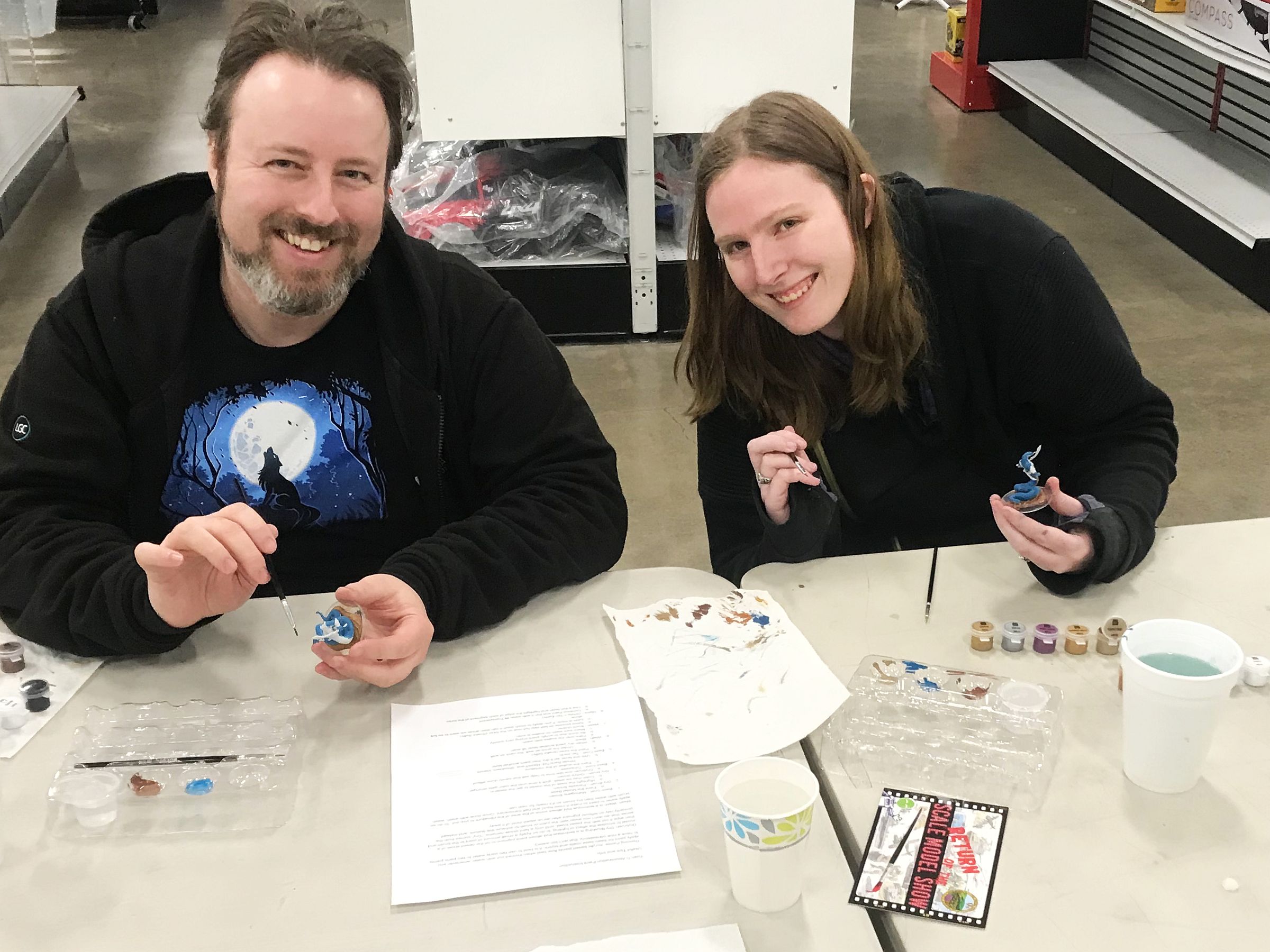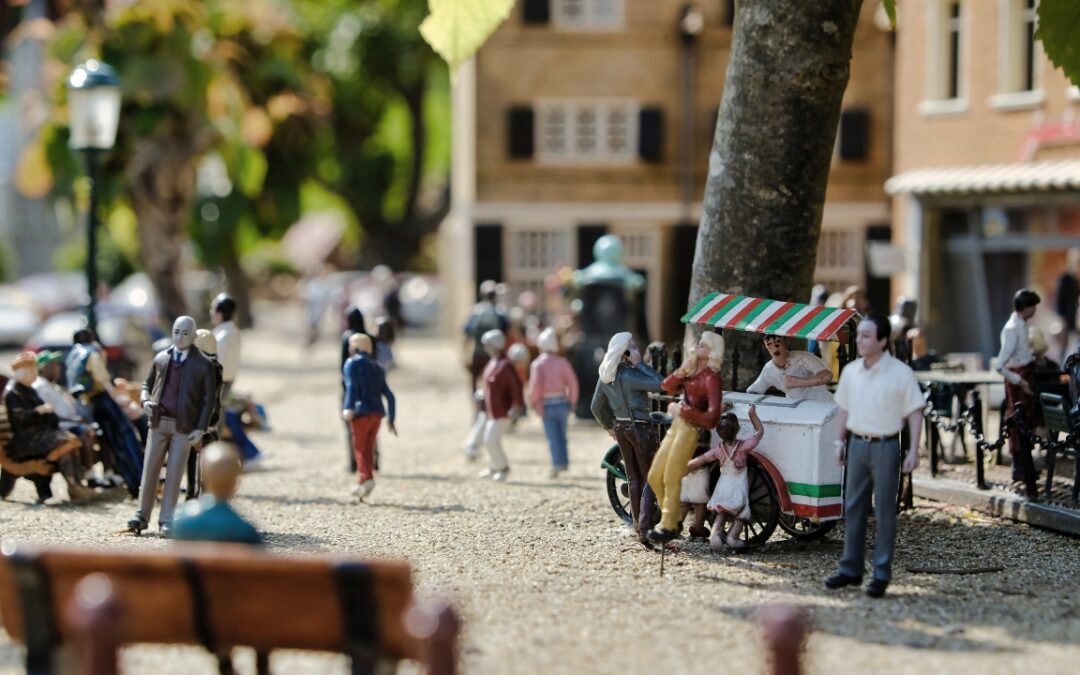Whether you’re a tabletop gamer looking to bring your characters to life or a hobbyist seeking a creative outlet, painting miniatures is a rewarding and immersive activity. At Fundemonium, we believe in nurturing creativity and providing the tools you need to pursue your passions. Why has painting miniatures become so captivating? How do you get started, and how to you improve your painting skills? Let’s take a look at some essential tips and techniques for painting amazing minis.

Why Paint Miniatures?
Miniature painting is a blend of art and utility, serving various purposes that appeal to a wide range of enthusiasts.
Enhancing Tabletop Games
For fans of tabletop games like Dungeons & Dragons (D&D) and Warhammer, painted miniatures add a new layer of immersion and excitement to gameplay. Many tabletop gamers find that painting miniatures enhanced their gaming experience. A beautifully painted miniature can bring a character or creature to life, making battles and role-playing sessions more visually engaging and memorable.
A Creative Hobby
Many people paint miniatures purely for the joy of the craft. It’s a relaxing and meditative activity that allows for self-expression and creativity. The satisfaction of transforming a plain model into a detailed work of art is immense. Whether you’re painting for display, competitions, or personal satisfaction, the possibilities are endless.
Creating Dioramas
Miniature painting is also integral to creating dioramas, which are miniature scenes or displays. Dioramas can range from simple, single-figure displays to complex, multi-figure scenes that tell a story. They are popular among hobbyists who enjoy combining painting, modeling, and storytelling.
It’s Required for Some Gaming Events
While most games don’t have rules about painting miniatures, and a number of gamers don’t care either way, there are some events that do require you to paint your miniatures. For example, the official Warhammer 40k tournaments held by Games Workshop do require all miniatures in an army to painted.
Getting Started: Essential Supplies
Before you dive into the world of miniature painting, it’s important to gather the right supplies. At Fundemonium, we offer a wide range of materials to help you on your miniature painting journey.
Miniatures
The first thing you’ll need is, of course, the miniatures themselves. Whether you’re looking for fantasy figures for D&D, soldiers for Warhammer, or unique models for your diorama, Fundemonium has a diverse selection to choose from.
Paints
Quality paints are crucial for achieving vibrant and durable finishes on your miniatures. Acrylic paints are the most popular choice for miniatures due to their quick drying time and ease of use. Brands like Citadel, Vallejo, and Army Painter offer excellent ranges of colors and finishes.
Brushes
Investing in good brushes is essential for detailed work. Look for fine-tipped brushes made specifically for miniature painting. Sizes 0, 1, and 2 are common for most tasks, while smaller sizes like 000 are useful for intricate details.
Primers
Priming your miniatures before painting helps the paint adhere better and provides a uniform surface. Spray primers are convenient and come in various colors to suit different base coats.
Other Tools
Additional tools like a palette for mixing paints, a hobby knife for cleaning mold lines, and a magnifying lamp for better visibility can enhance your painting experience.
Tips and Techniques for Painting Miniatures
Now that you have your supplies, here are some tips and techniques to help you achieve great results:
Preparation
- Clean Your Miniatures: Remove any mold lines or flash with a hobby knife. Wash the miniatures in soapy water to remove any release agents from the manufacturing process.
- Prime Your Miniatures: Apply a thin coat of primer to help the paint stick. Choose a primer color that complements your base coat.
Basic Painting Techniques
- Base Coating: Apply the main color of each area using a thin, even coat. Multiple thin layers are better than one thick coat to avoid obscuring details.
- Shading: Add depth by applying a wash or shade to recesses and crevices. This creates shadows and enhances the miniature’s details.
- Highlighting: Use a lighter shade of the base color to highlight raised areas and edges. Dry brushing is a common technique for highlighting larger surfaces.
- Detailing: Paint finer details like eyes, buckles, and accessories with a steady hand and a fine-tipped brush.
Advanced Techniques
- Blending: Smooth transitions between colors can be achieved through techniques like wet blending and layering.
- Weathering: Add realism with weathering effects like rust, dirt, and scratches. Use techniques like stippling and dry brushing for natural-looking effects.
- Freehand Designs: For advanced painters, adding freehand designs and patterns can make your miniatures truly unique.

Fundemonium: Your Miniature Painting Hub
At Fundemonium, we’re passionate about helping you succeed in your miniature painting endeavors. Our store is stocked with a wide variety of miniatures, paints, brushes, and other essential tools. Our knowledgeable staff is always ready to offer advice and support, whether you’re a beginner or an experienced painter.
Miniature painting is a fantastic way to enhance your tabletop gaming, express your creativity, and create stunning dioramas. With the right supplies and techniques, you can transform plain miniatures into masterpieces. Visit Fundemonium to explore our range of products and get started on your miniature painting journey. Let’s make your miniatures come to life together!

